Poppies and Larkspur
Lisa_H OK
11 years ago
Related Stories
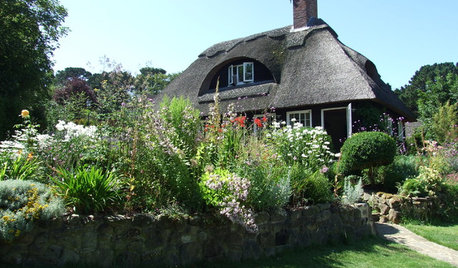
LANDSCAPE DESIGNHow to Create a Cottage-Style Garden
If you like an abundance of plants — and visits from birds, bees and butterflies — this may be the style of yard for you
Full Story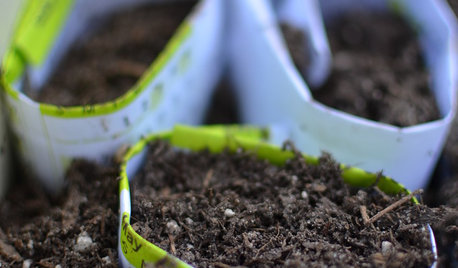
SOUTHWEST GARDENINGTexas and Desert Southwest Gardener's January Checklist
Since snow doesn't swirl in these parts, it's time to get fruit trees in the ground, check irrigation and color the garden with annuals
Full Story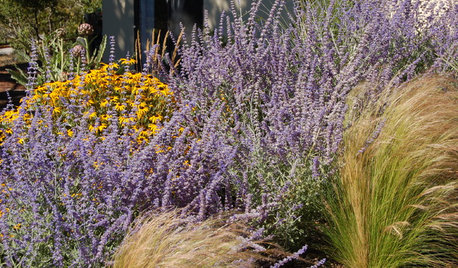
CALIFORNIA GARDENINGSouthern California Gardener's November Checklist
Sow wildflower seeds while ye may, give berries some love and pay attention to produce for garden veggies all winter long
Full Story0
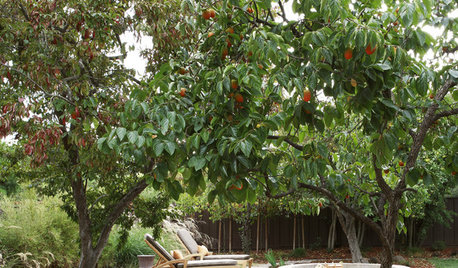
SOUTHWEST GARDENINGTexas Gardener's December Checklist
Northern neighbors may be hibernating, but in the South it's time to lavish care on fruit trees, flower seeds and bulbs
Full Story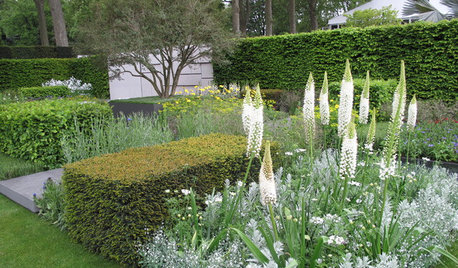
GARDENING GUIDESGreat Garden Ideas From the 2015 Chelsea Flower Show
Peruse inspiring plants, plant combinations and design ideas from London’s famed garden exhibition
Full StoryMore Discussions






Okiedawn OK Zone 7
Lisa_H OKOriginal Author
Related Professionals
Londonderry Landscape Architects & Landscape Designers · Lowell Landscape Architects & Landscape Designers · Brooklyn Center Landscape Architects & Landscape Designers · East Patchogue Landscape Architects & Landscape Designers · Pelham Landscape Contractors · Fuquay-Varina Landscape Contractors · Mesa Landscape Contractors · New Baltimore Landscape Contractors · Pleasant Hill Landscape Contractors · South Lyon Landscape Contractors · Arlington Heights Decks, Patios & Outdoor Enclosures · Boise Decks, Patios & Outdoor Enclosures · Glasgow Decks, Patios & Outdoor Enclosures · Highland Springs Decks, Patios & Outdoor Enclosures · Kalamazoo Decks, Patios & Outdoor EnclosuresLisa_H OKOriginal Author
okiegardener
Okiedawn OK Zone 7